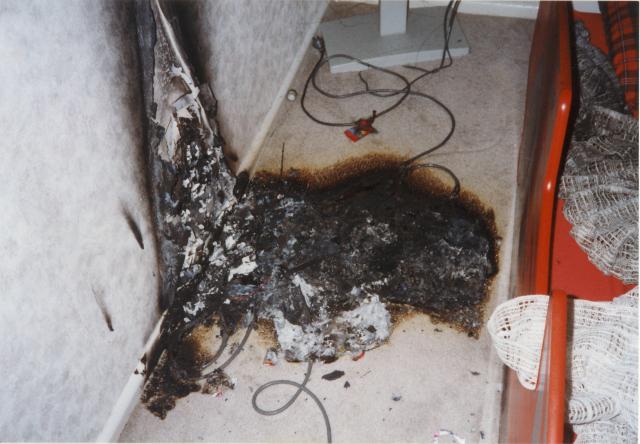The company ordered to test for groundwater contamination at its former Sunshine site says “significant and intrusive investigations” will need to be undertaken to assess toxicity levels.
AGCO Australia Limited, previously called Massey Ferguson, sold its 30-hectare site in Sunshine in 1986, ending 80 years of heavy industrial activity.
The site – often called the Sunshine Harvester Works site and bound by Ballarat and Anderson roads, the Sunbury railway line and an irregular boundary on the eastern side that takes in Hampshire Road and George Street – has since been developed and now houses Sunshine Marketplace, Sunshine Plaza, a police station, a magistrates court, VicRoads and other government and private buildings.
Environment Protection Authority Victoria (EPA) issued AGCO Australia with a clean-up notice last week under the Environment Protection Act requiring it to investigate and clean up its former Sunshine site.
The notice was issued after the EPA revealed a chemical called trichloroethylene (TCE) was detected in groundwater and as a vapour underground at the former Sunvale Primary School site in Neil Street, Sunshine, in late 2014.
TCA was once a widely used degreaser. Long-term human exposure can lead to an increased risk of cancer.
AGCO Australia said the company was required to assess whether there was any risk to human health or the local environment and prepare a plan detailing any clean-up needed.
“These assessments will require significant, intrusive investigations to be undertaken across most of the site,” the company said in a statement. It said AGCO took its environmental responsibilities “very seriously”. A company spokesman was unable to provide a timeline for when testing would begin.
The EPA says it is unlikely people will be exposed to groundwater because it is about 10 metres underground and is not used for drinking or for watering gardens.
Brimbank council said the clean-up notice was no cause for alarm. Mayor John Hedditch said: “This is another positive step in using environmental controls to manage contamination from former land uses.”






